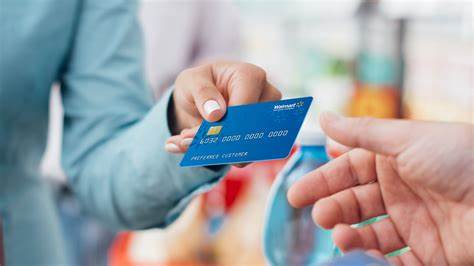Before you swipe your card or use it for online shopping, you should make sure you have enough credit cards available. Your credit card available credit is the difference between your credit line and your unpaid balance. This is the amount you can spend on your credit card and will not be penalized for exceeding the credit limit or credit card rejection.

Responsible use of credit cards can be a very useful financial tool. Ongoing, on-time payments can increase your credit rating, some credit cards provide incentives for purchases, and even provide a 0% interest rate on short-term balances transferred from other credit cards. But if your credit spending goes out of control, monthly repayments and accrued interest rates can become a problem. Follow the credit card tips below to help avoid common problems:
Avoid paying interest on your credit card purchase and pay the full balance for each billing cycle. Resist the temptation to spend more than any month, and you can enjoy the benefits of using a credit card without charging interest.
Use this card to meet your needs, not your desires.
Credit cards should be used with care. A rash purchase can lead to debt. Credit cards can be used in an emergency, such as a mobile bill that expires before the next payday. Use your credit card as your temporary loan and pay off as soon as possible to reduce or avoid interest charges.
Never skip payment.
Pay monthly, even if the minimum payment is affordable. Missing payments can result in late fees, fine rates, and negative impact on your credit score.
Use a credit card as a budget tool.
If you are confident that you can use your credit card responsibly and pay off your balance every month, try to use it as a budget tool. By shopping with a credit card, you can clearly see how much you spent at the end of the month. Of course, you should do this if you know that you can repay the monthly balance. To make sure your credit card spending doesn't get out of hand, never charge your credit card more than you do in your bank account.
Use a reward card.
If you use a credit card for most or all of your purchases, it makes sense to use a credit card that provides rewards. Not only can you avoid paying interest, you can also get rewards such as cash, airline miles or retail points.
Keep below 30% of the total credit limit.
One way to keep your credit score healthy is to keep your credit utilization below 30%. This credit utilization is the percentage of the total available credit you are using. For example, if your limit is $1,000, you should keep your balance below $300. But this ratio applies to the sum of all credit cards - so if a credit card has a $3,000 limit and a $3,000 balance, and another credit card has a $7,000 limit, there is no balance, then you are at 30%. The gateway ($3,000 available is $10,000), which is exactly what you want.


